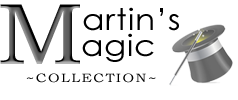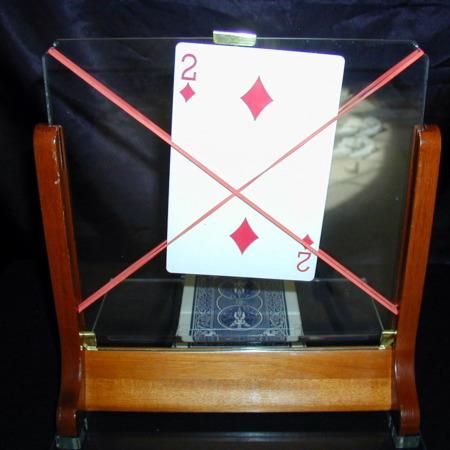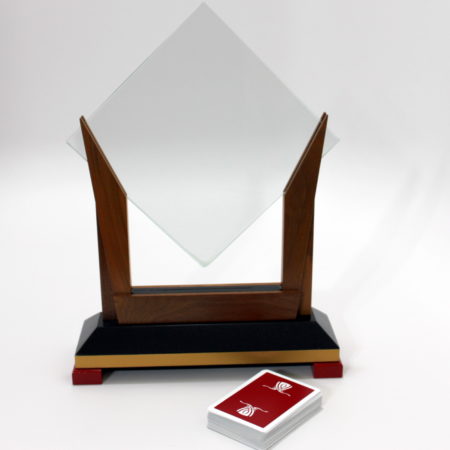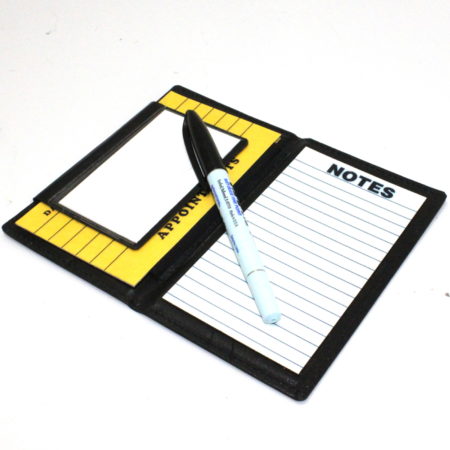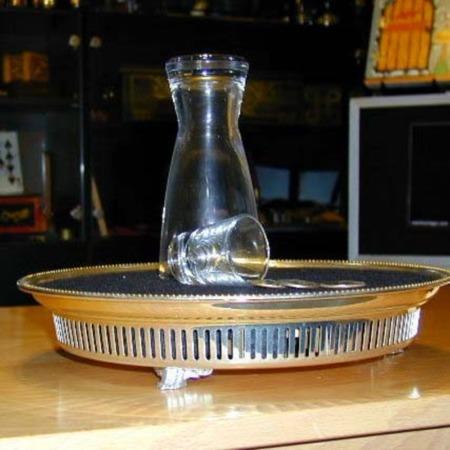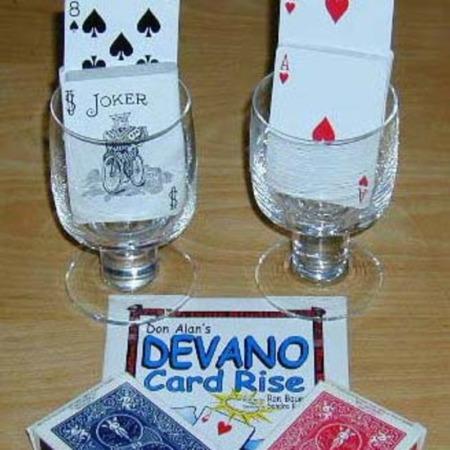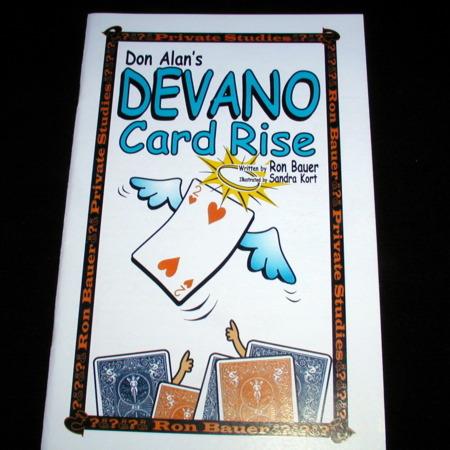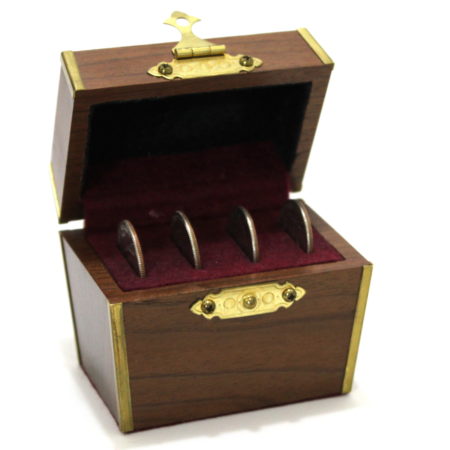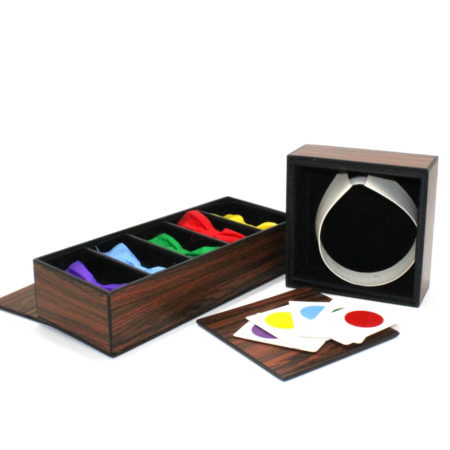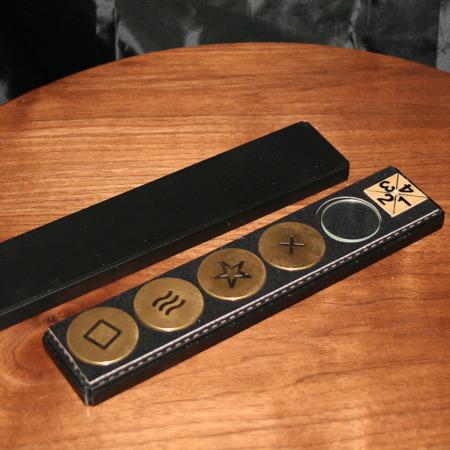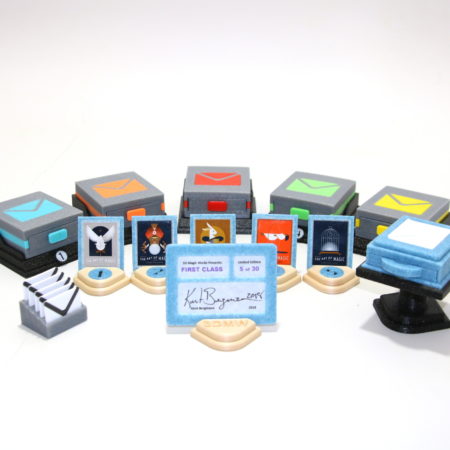
Released in 2018, this is the first Limited Edition release from the amazing Kent Bergmann’s 3D Magic Works and what a beauty it is. Kent has barely been in business for two years, and already there is no other magic manufacturer that gets close to the Digital Printed marvels that he produces. Aimed squarely at the Magic Collector there are only 30 numbered sets of First Class and each set includes genuine USPS Limited Edition “Art of Magic” postage stamps to add to the exclusivity.
First Class is the most expensive effect Kent has produced to date, but when you look at the individual pieces it represents amazing value for what you receive. Many people believe with Digital Printing you just press a button and out pops the finished article. This could not be further from the truth and Kent details some of the process here. Digital Printing certainly makes it easier to reproduce the same pieces accurately and consistently, but it takes real attention to detail to produce such wonderful effects as these.
With First Class the spectator picks any of five beautiful “Art of Magic” stamps and places the chosen one into the Outgoing Mailbox. After emptying the five Incoming Mailboxes of their white envelopes, they are clearly empty and closed up. Then the stamp disappears from the Outgoing box and appears in the correct Incoming box, and just in case the spectators were wondering what appears in the other boxes they all now have uniquely colored envelopes themselves.
This first Limited Edition sold out within a couple of days, and based on the quality and value of this set keep an eye open on Kent’s site because I’m sure the next miracle will be snapped up even quicker next time!
Click here for more information.
